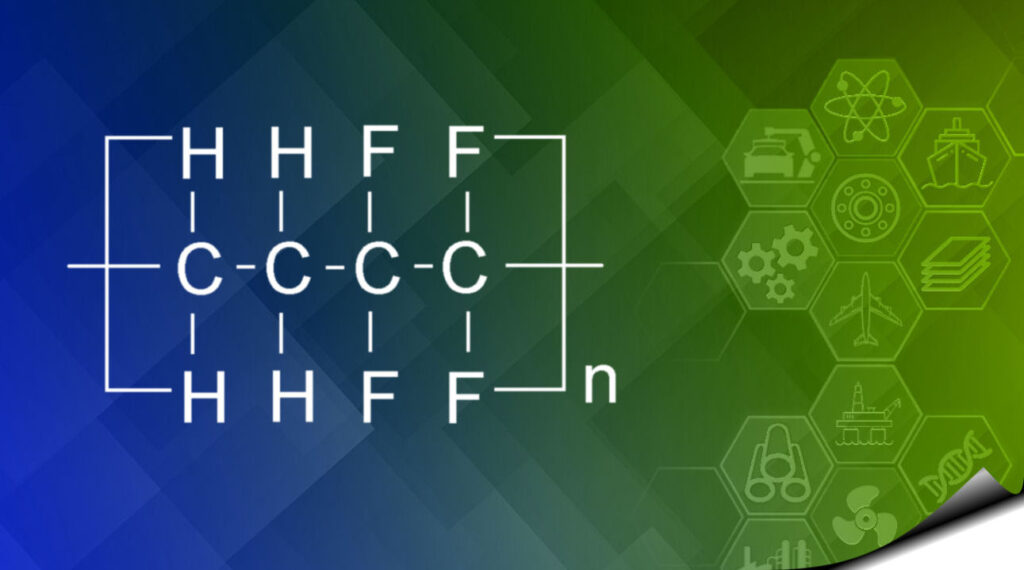ETFE

- High Mechanical Strength
- High Chemical Resistance
- Superior thermal and electrical properties
Ethylene Tetrafluoroethylene (ETFE)
ETFE is effectively the high-strength version of the other three in this group, often featuring slightly diminished capacities in other fields by comparison.
Combustion of ETFE occurs in the same way as a number of other fluoropolymers, in terms of releasing hydrofluoric acid (HF). HF is extremely corrosive and toxic, and so appropriate caution must be exercised.
ETFE film is self-cleaning (due to its non-stick surface) and recyclable. It is prone to punctures by sharp edges and therefore mostly used for roofs. As a film for roofing it could be stretched (up to 3x) and still be taut if some variation in size occurs (due to thermal expansion, for example.) Employing heat welding, tears can be repaired with a patch or multiple sheets assembled into larger panels.
ETFE has an approximate tensile strength of 42 MPa (6100 psi), with a working temperature range of 89 K to 423 K (−185°C to +150°C or −300°F to +300°F).
ETFE resins are resistant to ultraviolet light. An accelerated weathering test (comparable to 30 years’ exposure) produced almost no signs of film deterioration.
An example of its use is as pneumatic panels to cover the outside of the football stadium Allianz Arena or the Beijing National Aquatics Centre (a.k.a. the Water Cube of the 2008 Olympics) – the world’s largest structure made of ETFE film (laminate). The panels of the Eden Project are also made from ETFE, and the Tropical Islands have a 20,000 m2 window made from this translucent material.
Another key use of ETFE is for the covering of electrical and fiber-optic wiring used in high-stress, low-fume-toxicity and high-reliability situations. Aircraft and spacecraft wiring are primary examples. Some small cross-section wires like the wire used for the wire-wrap technique are coated with ETFE.
As a dual laminate, ETFE can be bonded with FRP as a thermoplastic liner and used in pipes, tanks, and vessels for additional corrosion protection.
ETFE is commonly used in the nuclear industry for tie or cable wraps and in the aviation and aerospace industries for wire coatings. This is because ETFE has better mechanical toughness than PTFE. In addition, ETFE exhibits a high-energy radiation resistance and can withstand moderately high temperatures for a long period.
Due to its high temperature resistance ETFE is also used in film mode as a mould-release film. ETFE film is used in aerospace applications such as carbon fiber pre-preg curing as a release film for moulds or hot high-pressure plates.
"Excellence afforded"
Ultra high performance polymers – delivered globally
